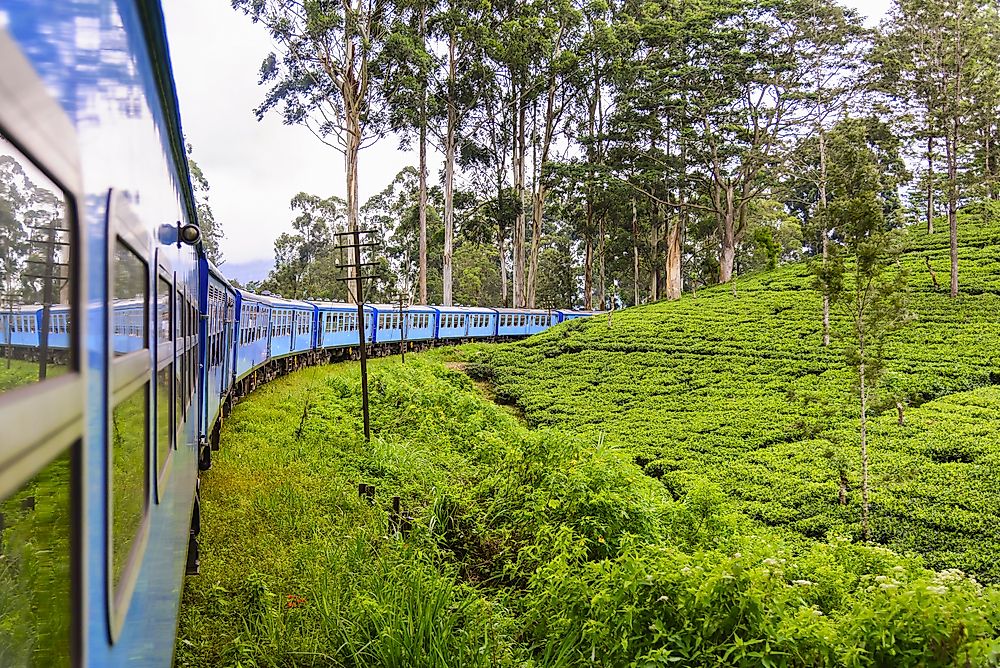Which Country Was Known as Ceylon?

Ceylon was a British crown colony that existed from 1815 to 1948 when it was granted independence and became an independent country within the Commonwealth of nations from 1948 to 1972. In 1072, it became a republic but remained within the Commonwealth and the name changed to Sri Lanka. Sri Lanka is an island country in the Indian Ocean located in South Asia. The island country is situated to the southeast of the Arabian Sea and Southwest of the Bay of Bengal. Sri Lanka is home to diverse cultures, ethnicities, and languages, with the majority of the population of 21.7 million being of Sinhalese ethnicity.
History of Ceylon
Before the Dutch began administering the area, Ceylon Island was shared by the Kingdom of Kandy and the Portuguese Empire who were constantly at war for full control of the island. The Dutch were invited to the island by the Sinhalese King to help them in the fight against the Portuguese and soon imposed their rule on the island. The Dutch became weakened towards the end of the 18th century by their war against the British and were soon conquered by the Napoleonic France. Their leader fled to London to seek refuge. Being unable to fully govern the island, the Dutch leaders surrendered their rule to the British, a move that was opposed by the Dutch living there. As soon as the British gained the control of the island, they set out to make the Kingdom of Kandy as part of its protectorate, an offer that the king initially rejected. The king’s refusal led to a war which led to the capture of the Kandyans. In 1815, the Kandyan Convention was signed, outlining how the Kandyans were to live under the British Protectorate. Under the terms, Buddhism would be protected by the Crown and the people would not be forced to adopt Christianity. Two years after the treaty, the Kandyans began a rebellion and a guerrilla war against the British, leading to an open rebellion which started in 1817 at Uva (Uva Rebellion). The British brutally dealt with the rebels and annexed the Kingdom of Kandy to the British Ceylon the same year.
Independence
After the Second World War, the public call for independence increased, leading to independence on February 4, 1948. The British granted Ceylon independence under the 947 Ceylon Independence Act. The amended constitution came into effect on the same Independence Day. Military treaties with the UK ensured that the British sea and air base remained preserved in the country as well as British officers who continued to serve in higher ranks of the Ceylon Army. When the Ceylon applied to join the UN later that year, the application was vetoed by the Soviet Union, claiming that the country was nominally independence/ in 1971, Ceylon experienced a brief Marxist insurrection with the People’s Liberation Front attempting to overthrow the government. However, the rebellion was quickly suppressed with the help of the Soviet, British, and Indians. In 1972, the current constitution was adopted and the country’s name was changed to Sri Lanka. Sri Lanka also officially became a republic within the Commonwealth in the same year.











